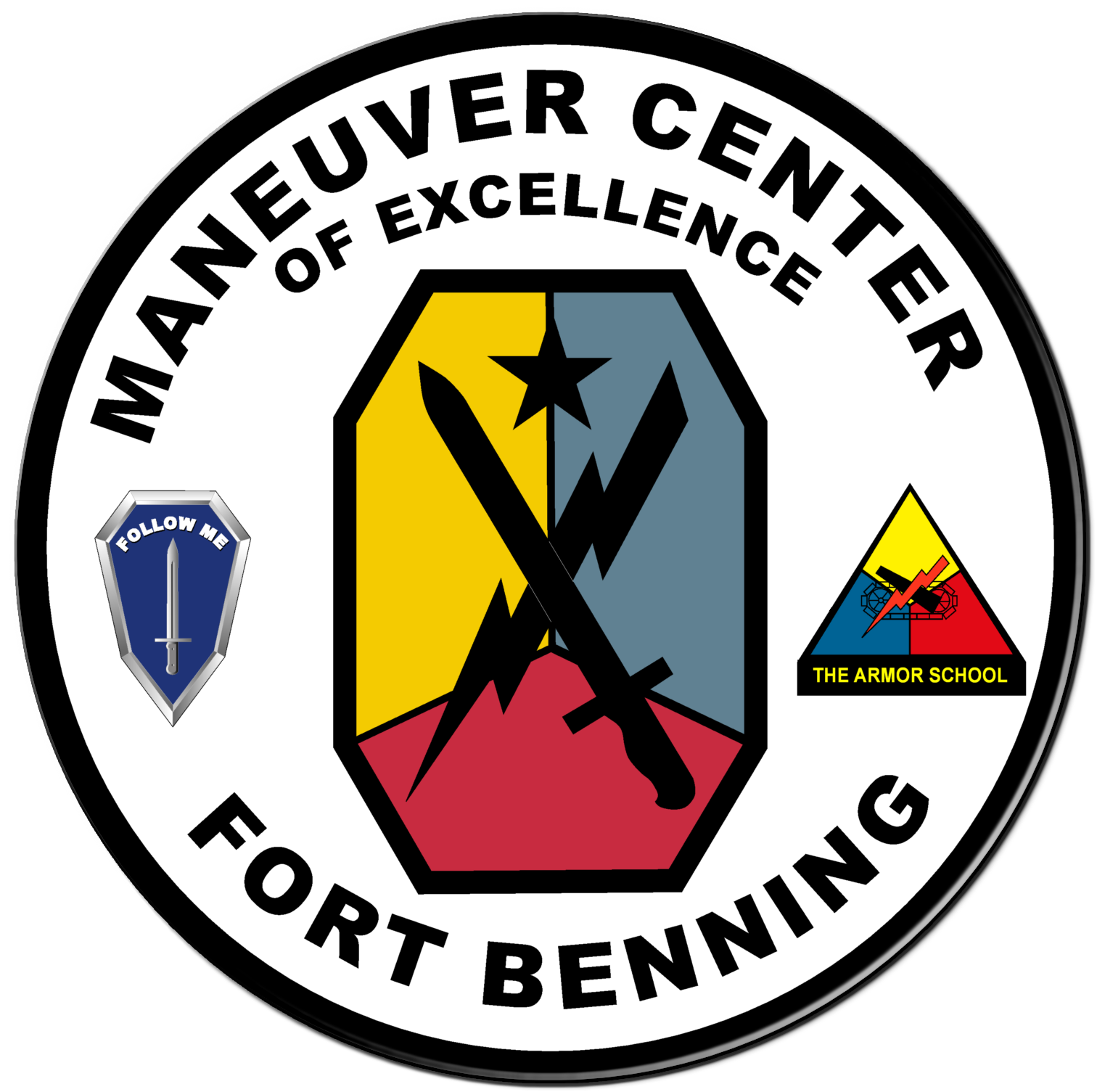Fort Benning
U.S. Army Fort Benning and The Maneuver Center of Excellence

Range Division Site
Range Division
INTEGRATED TRAINING AREA MANAGEMENT (ITAM)
ITAM is a core component of the Sustainable Range Program (SRP) and is responsible for maintaining training land to help the Army meet its training requirements. The ITAM components include:
- Training Requirements Integration (TRI) – Provides a decision support capability based on the integration of training requirements, land conditions, range facilities, and land management requirements.
- Land Rehabilitation and Maintenance (LRAM) – Repairs, maintains, and reconfigures Army lands to meet maneuver training requirements.
- Range and Training Land Assessment (RTLA) – Acquires and assesses land condition data to provide information supporting decisions that maximize the capability and sustainability of Army land to support maneuver training.
- Sustainable Range Awareness (SRA) – Develops and distributes educational materials to users of training lands to avoid unnecessary training damage.
- Sustainable Range Program Geographic Information Systems (SRP GIS) – The SRP GIS is a foundational support element to the entire SRP. The SRP GIS mission is to create, analyze, manage, and distribute authoritative standardized geospatial information, products, and services for the execution of training strategies and missions on U.S. Army ranges and training lands
These components provide and understanding of how the Army’s training requirements impact land management practices, what the impact of training is on the land, how to mitigate and repair impacts, and communicate training land stewardship to soldiers.
ITAM Program Goals and Objectives:
Goal 1: Provide maneuver land capability to support installations’ training mission requirements. Objectives supporting this goal are:
- Ensure no net loss in the capability of military installation land to support the military mission of the installation
- Ensure sustained accessibility, capability and capacity of maneuver training land on home station training installations
- Quantify training land capabilities and capacity to support maneuver training
- Monitor training land conditions to identify land maintenance and repair requirements
- Improve existing training land capabilities by conducting land reconfiguration projects to support validated mission requirements
- Improve existing training land capacity by conducting land maintenance and repair projects to support existing and future mission needs
Goal 2: A decision support capability based on the integration of training requirements, land conditions, maneuver ranges, and land management requirements. Objectives supporting this goal are:
- Provide geospatial capability to support range operations, range modernization, and the ITAM program, and long term planning in the range complex
- Promote awareness of mission land capabilities and management issues to avoid unnecessary maneuver damage and environmental impacts
- Acquire and assess data and information about the impacts from land management activities, mission activities, and land conditions to support range and training land management and scheduling decisions, and range modernization planning
Ensure mission needs are considered in environmental (e.g., INRMP, ICRMP, agricultural leases, annual burn plan, timber harvest plan) and facilities planning, and training land capabilities constraints are considered in mission planning.